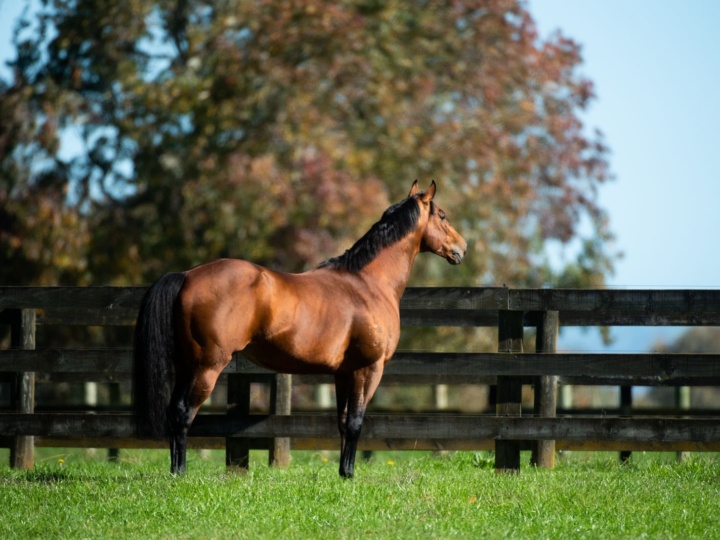Sanctified extends Super Seth’s winning run

Super Seth’s winners keep rolling in, with the Caulfield Guineas hero crowned New Zealand’s Champion Second Season Sire for 2024/25. The accolade follows his Champion First Season Sire title and cements his record as the only New Zealand-based stallion to sire four Group 1 winners within his first two racing seasons.
That achievement places him in elite company, equal with his broodmare sire Redoute’s Choice and second only to the legendary Danehill, who produced six Group 1 winners in the same timeframe.
On Wednesday, it was the turn of Group-performed juvenile Sanctified to add to his tally, becoming Super Seth’s 53rd individual winner from 93 runners across just two crops.
Trained by Gerald Ryan and Sterling Alexiou, Sanctified brought valuable experience to the 1200m maiden, having placed in the Gr.3 Canberra Black Opal Stakes and contested the Inglis Millennium last season. This time, under a patient ride from Kerrin McEvoy, he surged to the front with a furlong to run and kept finding to score by a length over debutant Condone, a A$1.3 million colt.
Sanctified has now compiled a record of one win and four placings from seven starts. He was a $260,000 Inglis Classic purchase for his trainers from Lime Country Thoroughbreds and was bred by Jamieson Park. The gelding is the best of three winners from as many foals to race out of Sacred Siren, a winning daughter of O’Reilly.

G2 Success For Savabeel’s Hinekaha
“I think she is a Group One horse.” Taking up the running, which is not her usual pattern, gave the connections of Savabeel’s daughter Hinekaha their biggest pay day as the 4yo was all class …
Read More
The Corner with Garry Chittick
It would seem The Corner is subject to differing interpretations, whilst, focused on my two mystery readers, I could be reasonably relaxed. It would seem The Corner is gathering a slightly larger following – I will need to be a little more sensitive to the add-ons’ views.
Read More